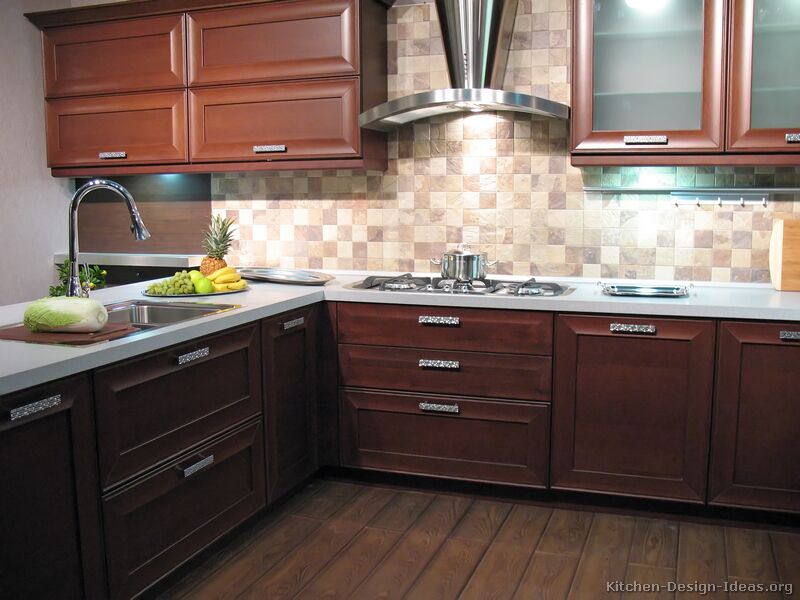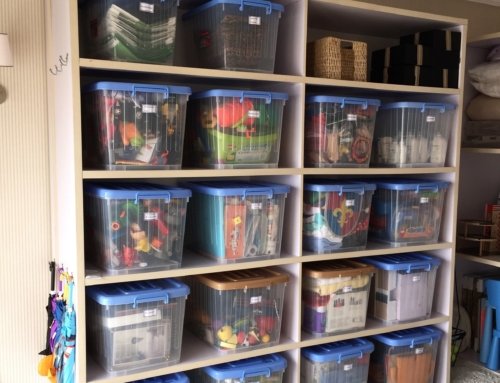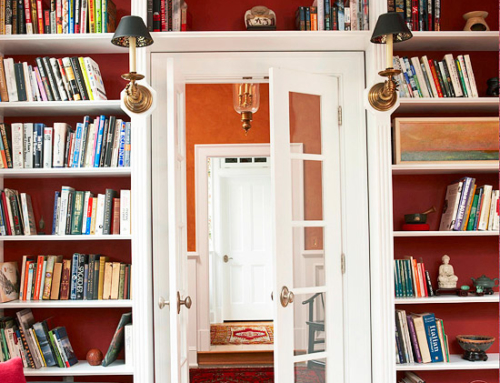As published in the TW magazine, October 2013 issue
“If you can organise your kitchen, you can organise your life” Says Louis Parrish, an Arizona real estate broker.
An organised kitchen is unequivocally a money, time and energy saver, an advantage not just for an individual or a family but also for the environment.
With life’s increasing demands coupled with the unstable global economy, a ton of individuals and families are earnestly looking to cut down on their expenses and save more and the kitchen is the right place to start. Stress reduction which is one of the advantages of an organised kitchen is one luxury people cannot afford to toy with. As far as I can discern, money management and stress management have a strong relationship.
The kitchen is one major area in the home. For most people, the kitchen is where bulk of their expenses come from, especially with the recent struggle to eat healthy and still maintain a friendly kitchen budget. For some others, especially women, the kitchen is the most dreaded place in the home because of the amount of time and energy it demands.
The effects of a disorganised kitchen can be devastating as it can inhibit our productivity, distress our finances, increase our stress levels, weaken our health and even destroy the environment. Simply put, a disorganised kitchen can affect the quality of our lives. It is therefore imperative that we learn simple and effective strategies for saving money, time, energy and staying healthy in the kitchen.
The 4 strategies for achieving an organised kitchen
1. Planning your kitchen space
2. Planning your shopping
3. Planning your storage
4. Planning your meals
PLANNING YOUR KITCHEN SPACE
Is working in your kitchen a pain? Is your kitchen space poorly planned? Planning the kitchen space is the most important strategy for organising the kitchen.
The science of ergonomics which means the creation and design of spaces that encourage productivity, efficiency and comfort, should be given more attention with regards to kitchen spaces. The structure, fixtures, appliances and supplies in a kitchen should be given adequate consideration by designers and architects when planning a kitchen and the following important areas should be well thought out:
A. The pantry- storage space
B. The countertop- working space
C. The stove area- cooking space
D. The sink area- cleaning/washing space
These spaces should always serve their specific purposes. For example, the countertop is not where kitchen supplies should be placed; it’s a work space, not a storage space.
Poorly structured kitchens that look like tiny cells should not exist. You should be able to Bend, Stretch, Turn, Twist and Reach-out comfortably in your kitchen. Your kitchen is definitely not a boot-camp; it is an essential part of your home. Imagine you, trying to make a quick-fix breakfast and if you’re a woman, you could be doing that in high heels on a ceramic tiled floor.
An ergonomically designed and carefully planned kitchen coupled with the proper arrangement of kitchen supplies will make any kitchen experience pleasurable, not painful, thereby reducing stress, saving time and improving a person’s life.
PLANNING YOUR SHOPPING
Is your kitchen eco-friendly? Do you have a standard shopping list?
Shopping is an unavoidable part of the kitchen process. If you must “go green” in your kitchen, you must design an effective shopping plan for your kitchen supplies. Individuals who don’t plan their shopping end up doing regular back and forth movements to and from the grocery shops. These movements consume more money, time and energy and you are not the only one paying for those. The environment bears some part of the brunt every time you turn on the engine of your car to head out to the grocery store just to pick up one item you forgot to buy when you shopped a few days ago.
Having an organised shopping plan that complements your kitchen budget may take a bit of effort initially but it is so worth it in the long run. Before you go shopping, uncheck the supplies you still have in stock, to avoid unnecessary surplus. Shop only what you can consume within a planned period. Shop less frequently as possible and save more.
A standard shopping list could be a grocery shopping list for all household supplies or a kitchen shopping list for those who shop differently for the kitchen. A kitchen supplies checklist is also essential if you are moving into a new kitchen space or giving your kitchen a general facelift. If you have one of these, thumbs up! If you don’t, use this simple guide when preparing one. List and categorise all your kitchen supplies into the following sections:
A. Food supplies
B. Condiments/spices
C. Beverages/snacks
D. Cleaning supplies
E. Other kitchen supplies, etc
PLANNING YOUR STORAGE
This is very essential after shopping as some groceries are perishable and some foods have a short life span. A planned storage system for your kitchen makes adequate provision for the preservation and healthy consumption of food supplies like vegetables/ fruits, nuts, animal protein, canned foods, etc. It also provides easy stock taking and reduces food wastage. Wasted food means wasted money and that is bad for anyone. Use BPA-free food storage containers like airtight jars, canisters, bowls with lids, zip-lock bags, etc for kitchen storage.
PLANNING YOUR MEALS
For most of us cooking dinner every other night is a tiring and time-consuming process but it shouldn’t be so. A meal planner is the secret to a quick, easy and stress-free cooking experience. Whether it’s a digital or manual meal planner, everyone and every-home needs one. There are free downloadable meal planner apps on the internet but I enjoy using my pen and paper planner. Draw up your meal plan if you live alone. If you have a family, get everyone involved in the planning process with these two steps:
A. Organise your menu- Make a list of all your dishes. Add your favorite dishes (the ones you are familiar with) and new dishes with their recipes. You can always update your menu with new recipes or meal ideas.
B. Layout your meals- Once you have done your initial set-up, you can choose a weekly, bi-weekly or monthly meal planning. Take time each week (preferably Sunday evenings) when every member of the family can contribute to decide what is up for Monday’s dinner, Wednesday’s lunch, etc. Incorporate all the food nutrients in your daily plan to allow for balanced meals. Place the meal planner in a very conspicuous location in the home and make sure every ingredient for the next meal is readily available. Remember to layout your meal before you go shopping and store your supplies properly after shopping in a well arranged kitchen.
Planning your kitchen space, shopping, storage and meals are effective strategies for saving time, money and energy in the home. It’s all about the planning!
Jesmine.
Featured image source: Kitchen-Design-Ideas.org







Leave A Comment